Prep Your Plumbing for a Natural Disaster
The Atlantic Hurricane Season for 2013 started on June 1st and won't end until November 30. The preventive measures you take now can minimize danger in the event of a hurricane, flood, or other natural disaster.
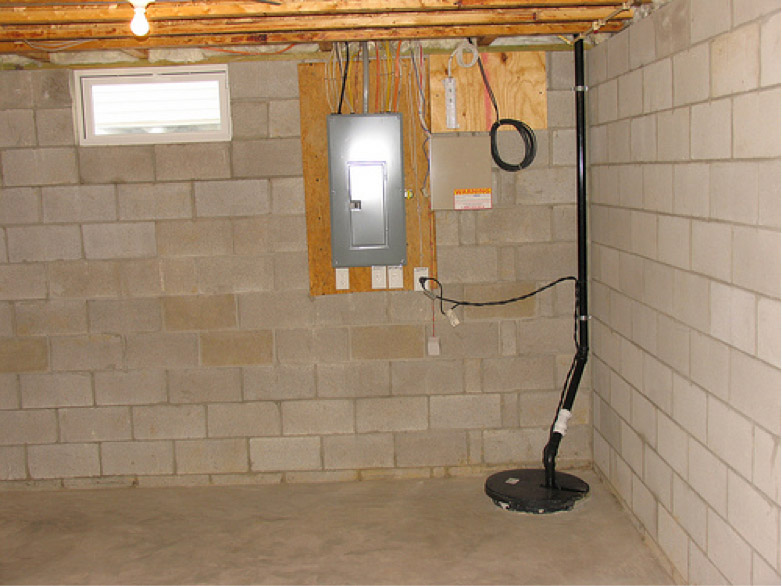
Water Intrusion
Natural disasters often lead to excess moisture in the home, whether from a busted pipe or from wind-driven rain. Following these steps will help you to protect yourself and your home:
-
Purchase a water pump. Installing a sump pump in the lowest point of your home (usually a basement or crawl space) will allow flood waters to drain toward it. Thereafter, the sump pump directs water out of the home. In addition, a portable water pump can be used in other parts of the home to pull out excess moisture before it causes lasting damage.
-
Inspect your plumbing lines. Make an annual inspection of your plumbing and water lines inside and underneath your home to look for leaks or loose fittings that could make your system vulnerable to failing in the event of a storm or other natural disaster.
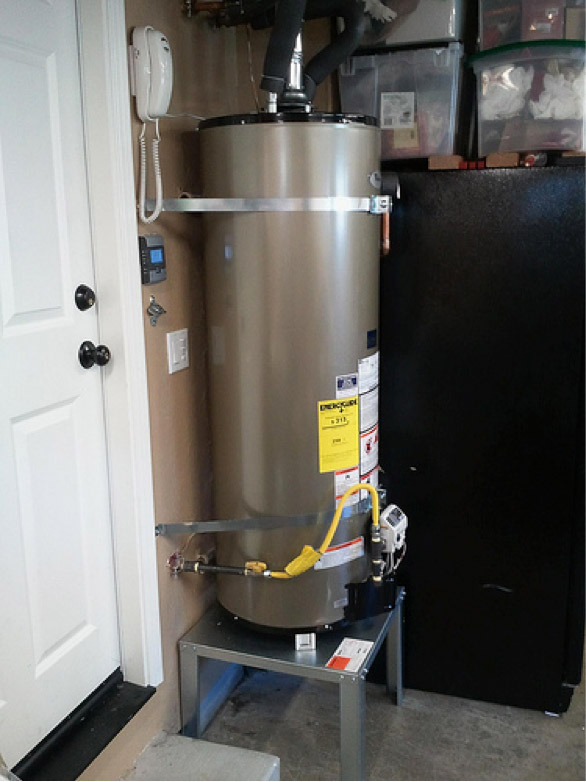
Basic Plumbing Safety
If disaster strikes and you can't wait for a professional plumber to fix your problem, these tips will help to keep you safe while doing the work:
-
Water heater installation. Before disaster strikes, make sure that your water heater is safely strapped to the wall. Water heaters are extremely heavy, and an unsecured one could easily crash down, breaking gas lines and causing a whole host of other problems.
-
Protect your body. Plumbing work, especially when performed in a home that's undergone damage, can be dangerous. Therefore, take precautions to protect yourself from avoidable mishaps by wearing protective eye gear (to ensure that you're protected against small objects unexpectedly shooting out of a plumbing line or plumbing fixture) and gloves.
-
Don't ignore suspicious smells. An unusual smell could be a sign of a gas leak. If you suspect a leak, immediately stop what you're doing and turn off the gas. Call your local gas company to report the problem, and don't try to remedy that issue yourself.
-
Use the right tools. Because water conducts electricity, always use tools that are safe for a wet area when doing plumbing work.
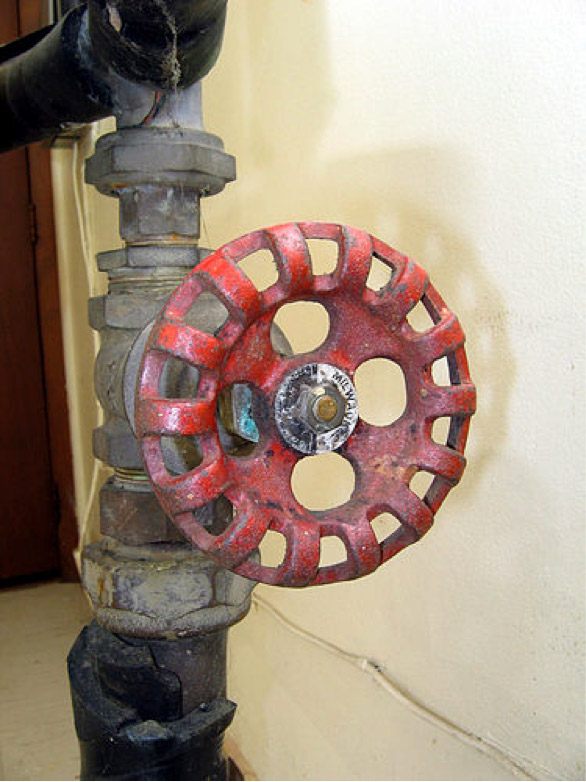
Water Contamination
Consider these tips to ensure that poor water quality doesn't impact you or your family:
-
Locate the main water valve. In order to enter your home, water has to pass through the home's main water valve. If there is a threat of contamination infiltrating your home's water pipes, it may be necessary to turn off your water valve. So, the first step is to know where the main water valve is located so that you don't waste time searching for it during an emergency. Usually, the valve is located in a basement, a utility closet, or under a metal cover in your yard.
-
Maintain the water valve. If you haven't turned off the main water valve in a while, it can become tight and difficult to operate. Therefore, get into the routine of turning it periodically so that you aren't dealing with a stuck valve during an emergency.
-
Prepare for the unexpected. Despite your best efforts, there is a chance that the valve could get stuck. Therefore, it's prudent to store a wrench or other tool close to the water valve to help to turn a stubborn valve.
-
Treating contaminated water. After a natural disaster, check the appearance of water from faucets before consuming or using it. Contaminated water often has a suspicious look, such as cloudiness or discoloration. Not only can dirty water have a bad taste or smell, it can also contain harmful materials that can make you and your family sick. Hopefully, you've already stored plenty of bottled water to make it through an emergency. However, in a dire situation where no other reliable water source is available, depending on the level of contamination, some water can be treated for use or consumption through these methods:
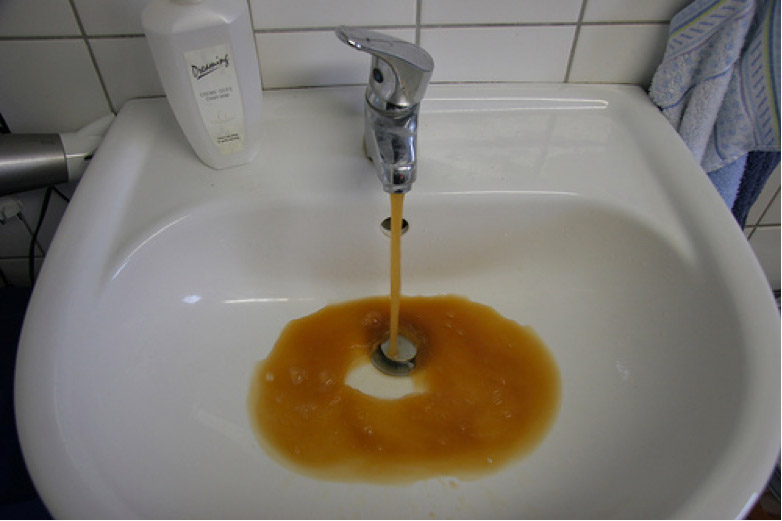
-
Boiling. Boiling water for at least one minute will eliminate many impurities.
-
Chlorination. Using a very small amount of regular household bleach (approximately 1/8 of a teaspoon per gallon of water) will kill many microorganisms. After adding the bleach, let the water stand for about half an hour before use.
-
Distillation. Distillation, which rids water of microorganisms, salts, heavy metals, and other chemicals, is the most reliable method for decontaminating water at home. Distillation is essentially the same as boiling the water; however, only the evaporated material is collected and used.
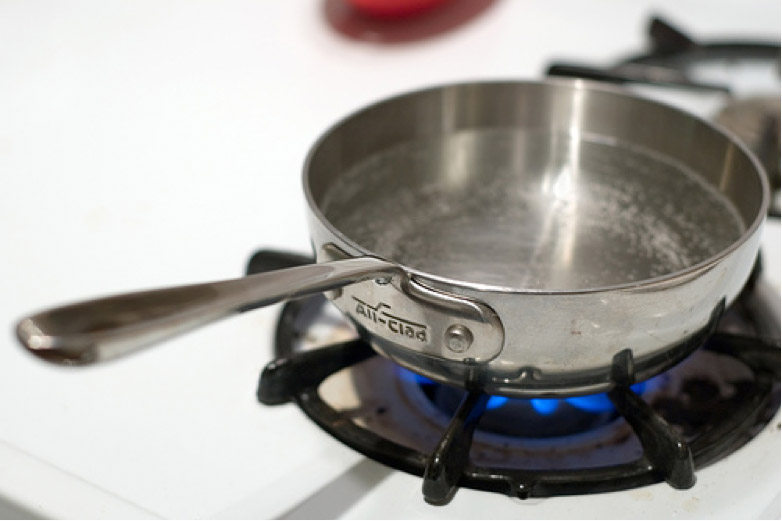
Don't leave it to chance – prep your plumbing and create a water plan for your household now, before a disaster strikes. Proactive measures can drastically reduce the impact of a natural disaster, regardless of where you live.

Angelo DiGangi
Angelo DiGangi, a Home Depot sales associate in the Chicago area since 1994, is a regular Home Depot website contributor on plumbing projects. Angelo's interests range from providing water pump advice to discussing the latest in plumbing fixtures.

